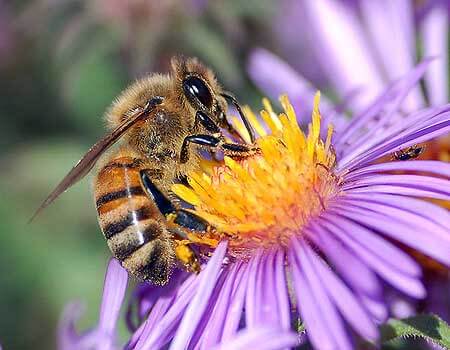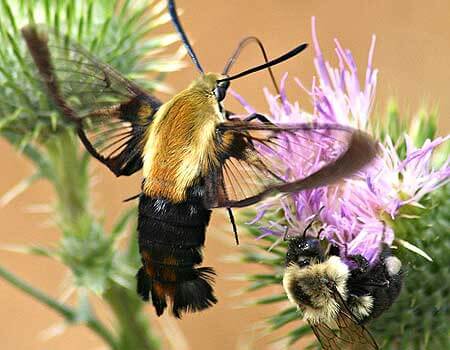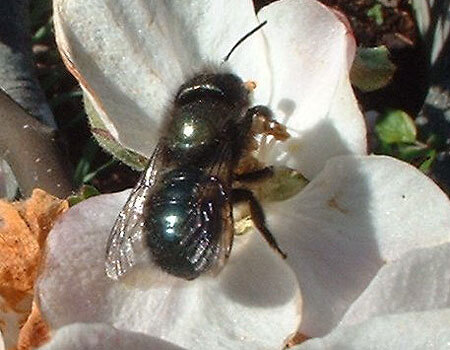Remove Honey Bee Colonies
Bee removal is difficult and can be dangerous work! Trey Shelton is a proven expert at removing bees. Trust Trey because he is a knowledgeable bee removal expert and strives to do top quality work that always leaves his customers highly satisfied.
Honey Bees
- Honey bees are usually honey toned or darker, with some fur.
- They may live in attics or exterior walls, but never in crawl spaces or underground.
- All comb and honey must be thoroughly removed from inside structures, and opening walls to do this requires a professional possessing a contractor registration with the state -- which Trey has.
- Honey bee swarms can land virtually anyplace, and can look like a large, brownish object from a distance.
- Swarms may be either docile or aggressive, and must always be approached with caution.
- Trey can remove swarms, capturing them alive and successfully relocating them.
Bumble Bees
- Bumble bees in Washington State come in 24 varieties of colors and various sizes, but always fuzzy in appearance.
- Colonies tend to be located many feet away from outside entrances whenever possible.
- They require a supportive surface on which to build their nest, often found in attics and at ground level.
- Bird houses are another favorite nesting site.
- Rusty-tailed bumble bees are the most aggressive.
- They generally do not relocate well.
Ground Nesting Solitary Bees
- Ground nesting solitary bees are small, often colorful blue, green, copper, or metallic red, and dig underground tunnels for their egg chambers.
- Numerous bees may make individual tunnels in close proximity to one another.
- They are important pollinators of many wildflowers, and crops such as fruit, alfalfa and sunflowers.
- They are most active in warmth and bright light conditions.
- They are more abundant than most bees, with the exception of honey bees.
Orchard Mason Bees
- Orchard mason bees are iridescent, greenish-black with a very large housefly appearance.
- They construct pencil-sized tubes out of the mud in which to store pollen and lay eggs, and will often locate in window frames, cedar shake siding and other house structures sized to their needs.
- They hatch in March and all adults are usually dead by July.
- These bees are efficient early Spring pollinators and are often purchased at nursery centers along with wood blockhouses for them to lay eggs into hatch the following year.
- They are generally docile, with only a mild sting.
Carpenter Bees
- Carpenter bees are about the size of bumble bees and easily mistaken for them.
- They nest in wood, making 1/2" tunnels with both the male and female involved in the nesting process.
- They prefer to nest in pre-existing tunnels, choosing to only expand the tunnel as required.
- Like other solitary bees, they are great pollinators.
- These bees can pose a threat to people when they dive bomb or fly menacingly around humans who invade their territory.
Want to learn more about how Trey can help solve your stinging insect problems?
Contact Pest Control Northwest today - we can help you remove any of these bees, wasps, and hornets!






